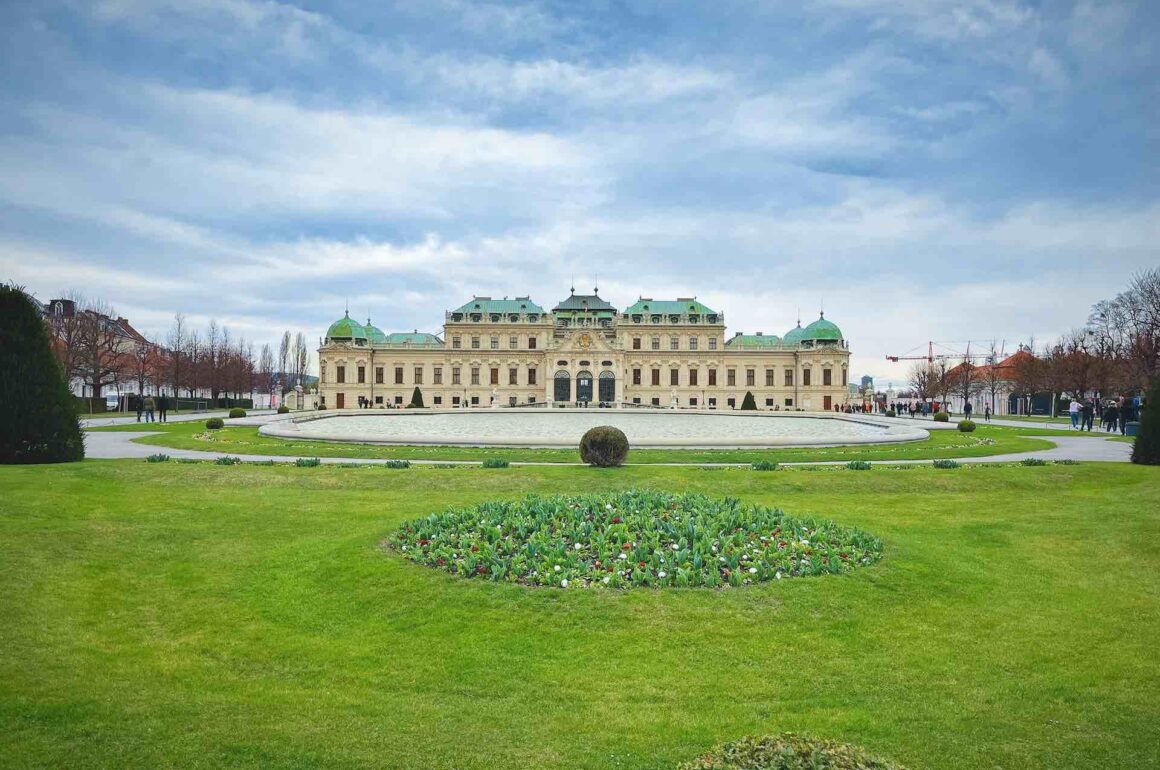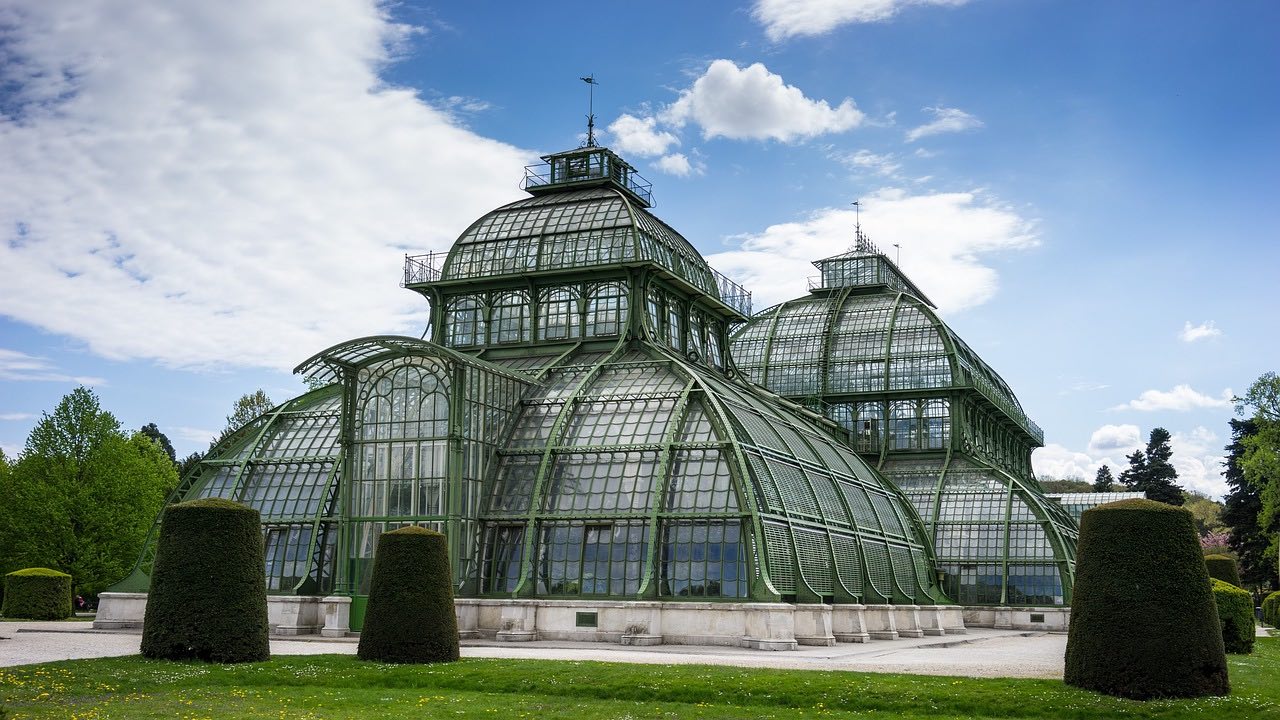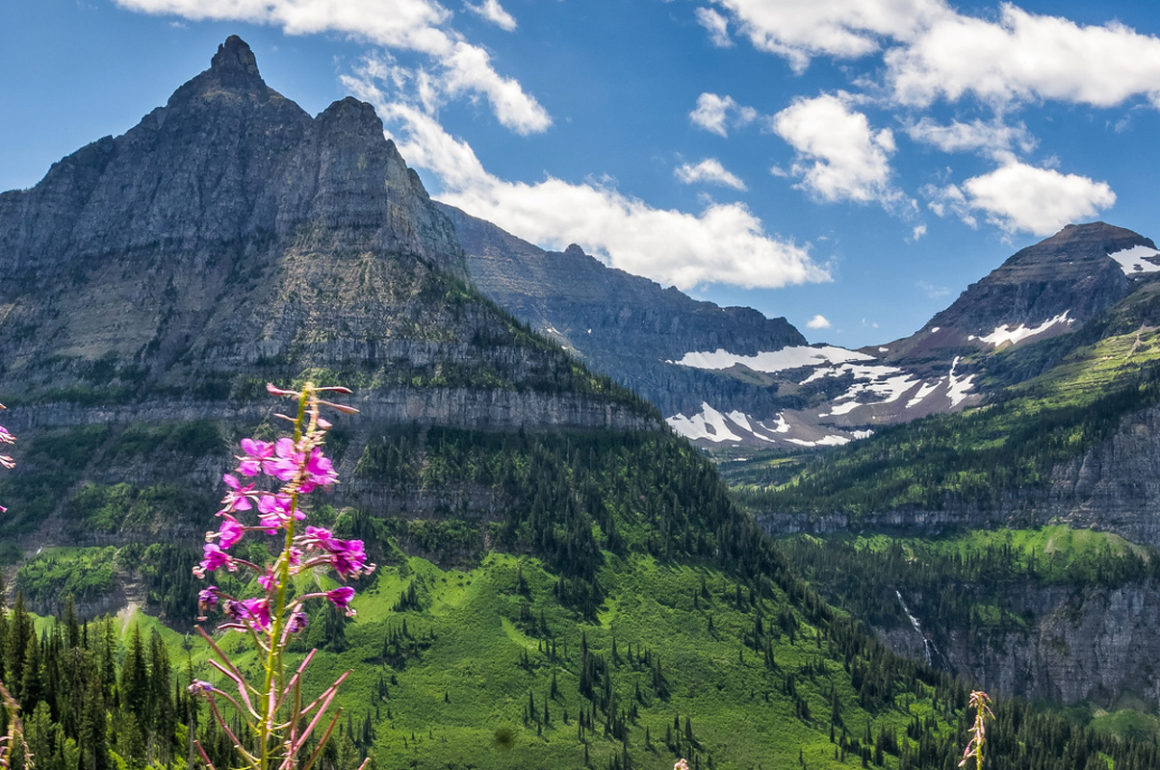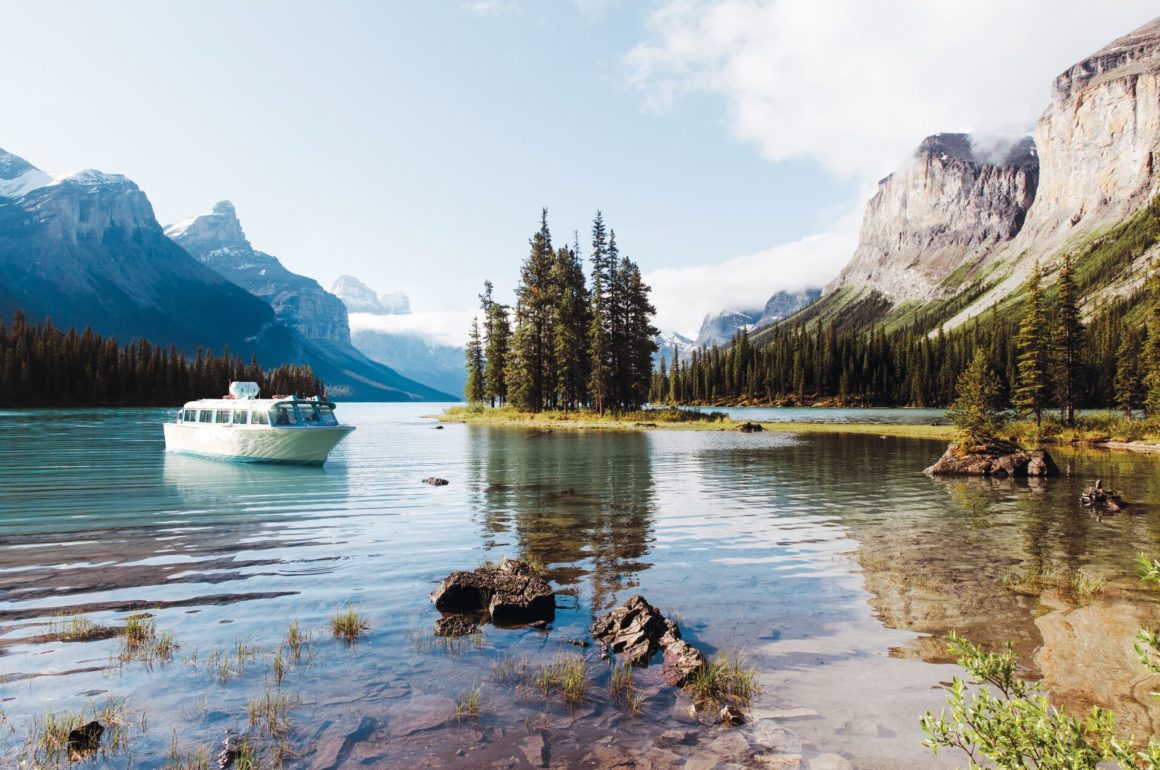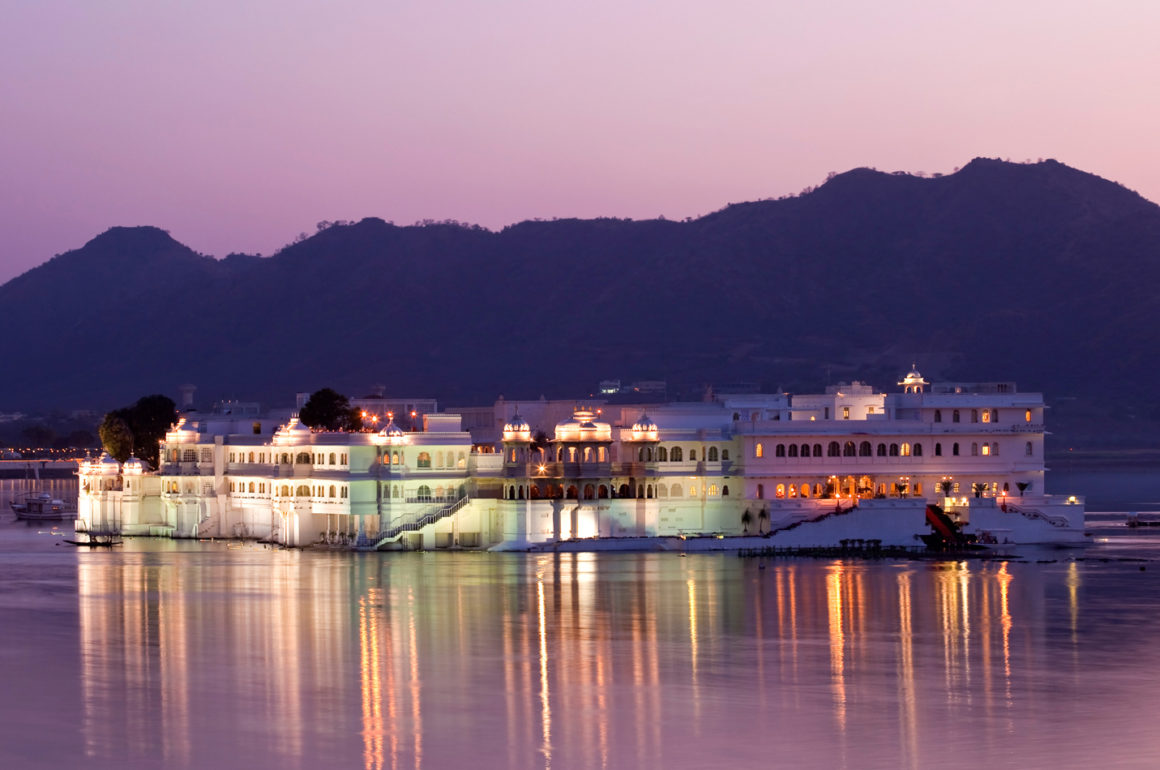Schönbrunn Palace is an iconic landmark — and you get to savor it after-hours during a VIP visit on Luxury Gold’s Harmony of Central Europe tour.
A private tour of Vienna, and this Vienna royal palace, is the perfect introduction to the grandeur of Wien. Famous for a myriad of reasons, including hosting a performance by a young Wolfgang Mozart, Schönbrunn Palace sits on a site that’s been occupied since the Middle Ages.
Skip the line at Schloss Schönbrunn and enjoy a crowd-free visit to this Vienna royal palace on your fourth day of travel with Luxury Gold. Until then, here’s everything you need to know about this private tour of Vienna’s regal estate.
The Royal Treatment: All the ways we make your trip exceptional
A Brief History of Schönbrunn Palace
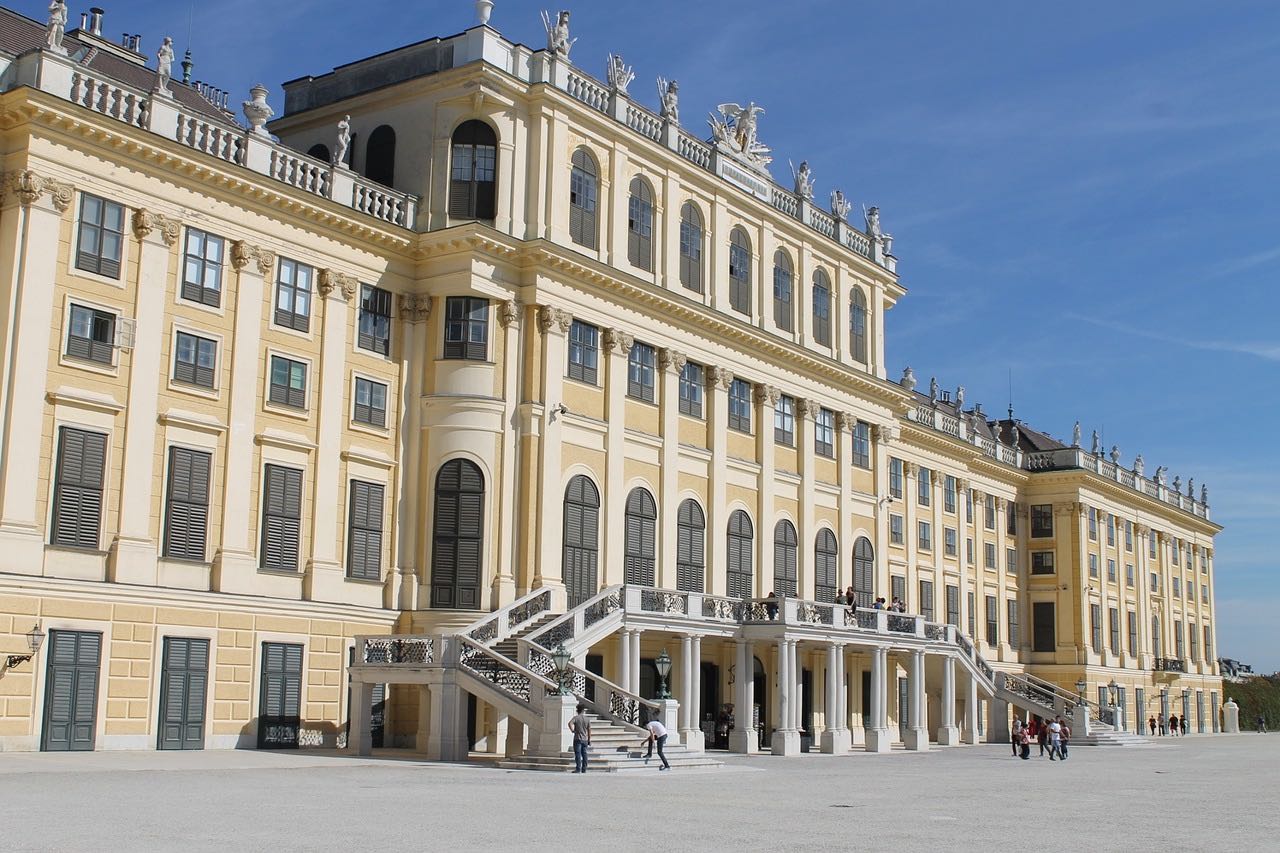
Long before Mozart’s music filled these halls, a summer retreat and hunting lodge were just two of a number of guises this storied building took in its early years.
The Middles Ages through Schönbrunn Palace’s naming
Since the Middle Ages, the land that Schönbrunn Palace sits on has been developed and redeveloped to suit the owners of the day. It wasn’t until hundreds of years after the first structure was erected that the estate began appearing in historical record as the Katterburg estate.
1548 saw a major extension of the estate, which was extended further in 1569 to include a game park. The estate gained the name we know it by today Emperor Matthias found a fair spring (or Schöner Brunnen) while hunting. The official name change was first documented in 1642.
17th & 18th Centuries
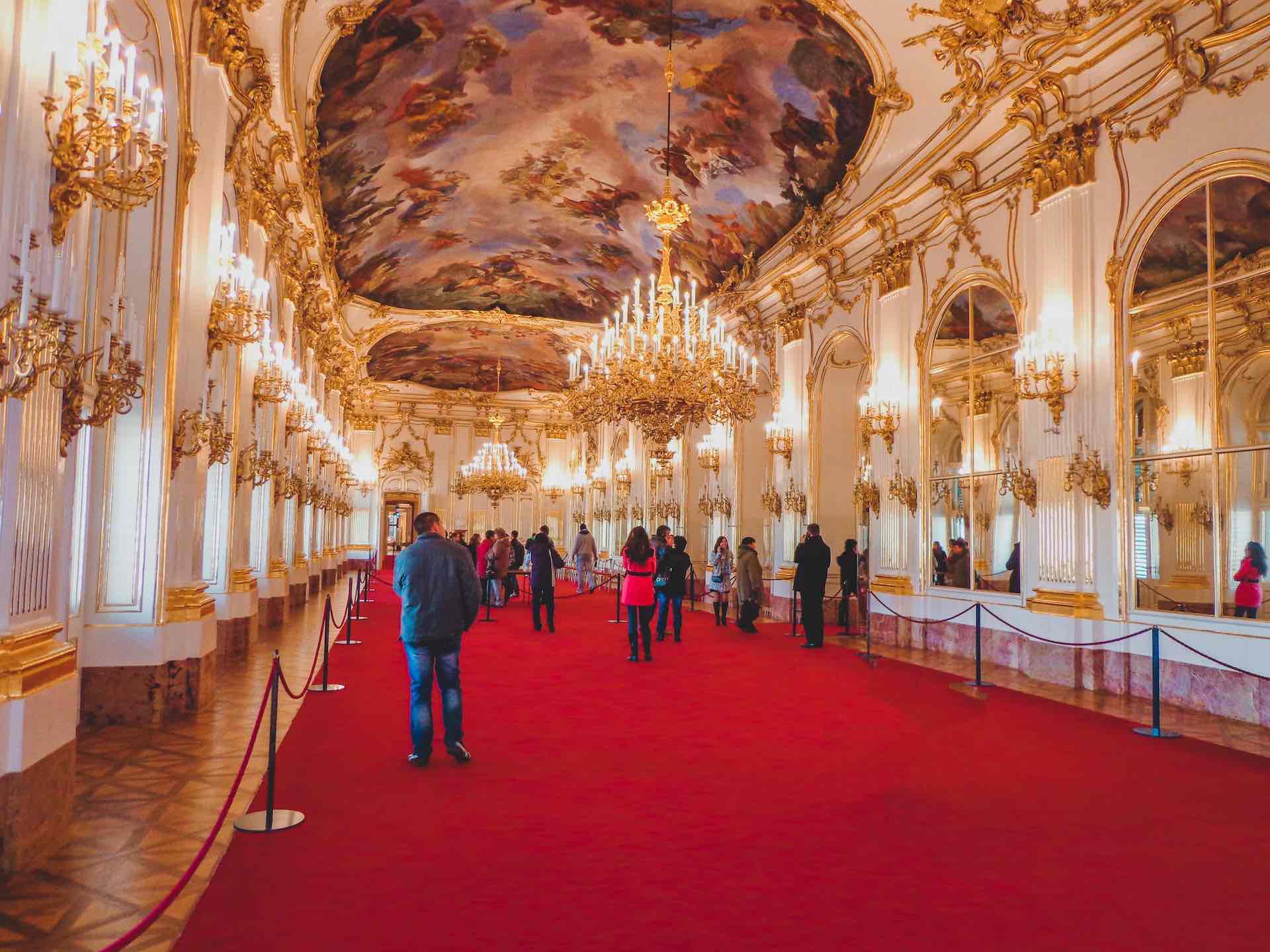
Despite such continued architectural attention, Schönbrunn Palace was heavily damaged when invading Turks seized Vienna in the late-1600s. The former manor house was then rebuilt as a hunting lodge for Emperor Joseph I, though he died before it was completed.
The palace changed hands again and again, before Emperor Charles VI gave it to his daughter, Maria Theresa. She had the hunting lodge rebuilt as a palatial summer residence where it would become a center of political and court life in Vienna.
Her husband, Franz Stephen of Lorraine, was crowned Roman-German Emperor in the 1740s, and the palace began to grow alongside the new imperial family. Opulent staircases, grand galleries, a theater, and more were designed with ceiling frescos and intricate stucco detailing. More than 1,000 people were accommodated in this Vienna royal palace. Maria Theresa continued renovating the palace even after her husband’s untimely death.
She died in 1780, just before the palace and garden renovations were completed.
Read next: What to expect when you meet Princess Anita Von Hohenberg
19th Century
As you stroll the halls during a private tour of the Vienna royal palace, you’ll wonder how this magnificent palace could remain relatively empty from the time of Maria Theresa’s death until the 1810s. Save for Napoleon occupying it in both 1805 and 1809, the beautiful Vienna royal palace began to wilt.
By 1814, Schönbrunn Palace began another decades-long chapter of renovations and regal residences. The state took over ownership of Schönbrunn Vienna royal palace after World War I and it was deemed worthy for inclusion on the UNESCO World Heritage List in 1996.
Schönbrunn Palace Today
No matter the century, Schönbrunn Palace has always been and will likely always be one of the most prestigious landmarks in Austria’s capital. International tour groups as well as Vienna tours by locals almost always include either a public guided or an audio-guided private tour of Vienna’s royal palace on the itinerary.
Learn more: A Taste of the Roaring Twenties: Inside Zagreb’s Stunning Hotel Esplanade
What to know before a private tour of Vienna Schönbrunn Palace
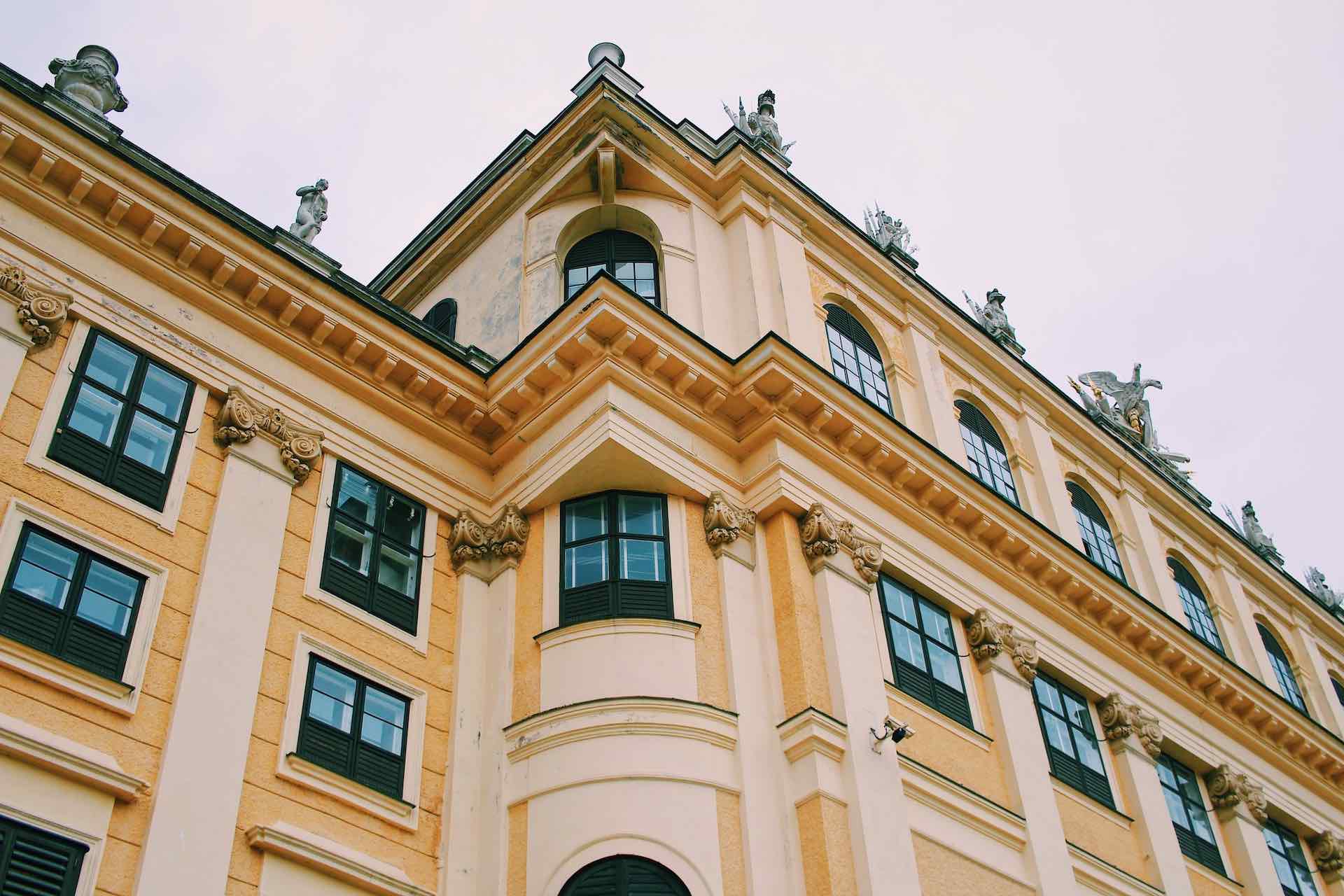
Any traveler can come to Schönbrunn Palace without required reading and instantly fall under its opulent spell — though we recommend knowing a few key facts about this Vienna royal Palace:
- It was designed by Fischer von Erlach, an architect who also designed the Palace Schwarzenberg and the Karlskirche.
- Mozart performed for the royal family in Schönbrunn Palace when he was only six years old.
- Marie Antoinette, daughter of Maria Theresa, was born inside this Vienna royal palace.
- The hallmark yellow color of Schönbrunn Palace isn’t the hue it’s always shone; testing suggests it was orange, red, and white prior to its new yellow coat in the 1800s.
And one critical fact to remember: an estimated 8 million people visit Schönbrunn Palace each year, but with a private tour of Vienna’s palace from Luxury Gold, you get to explore its splendor without the crowds.
Other harmonious activities on this journey
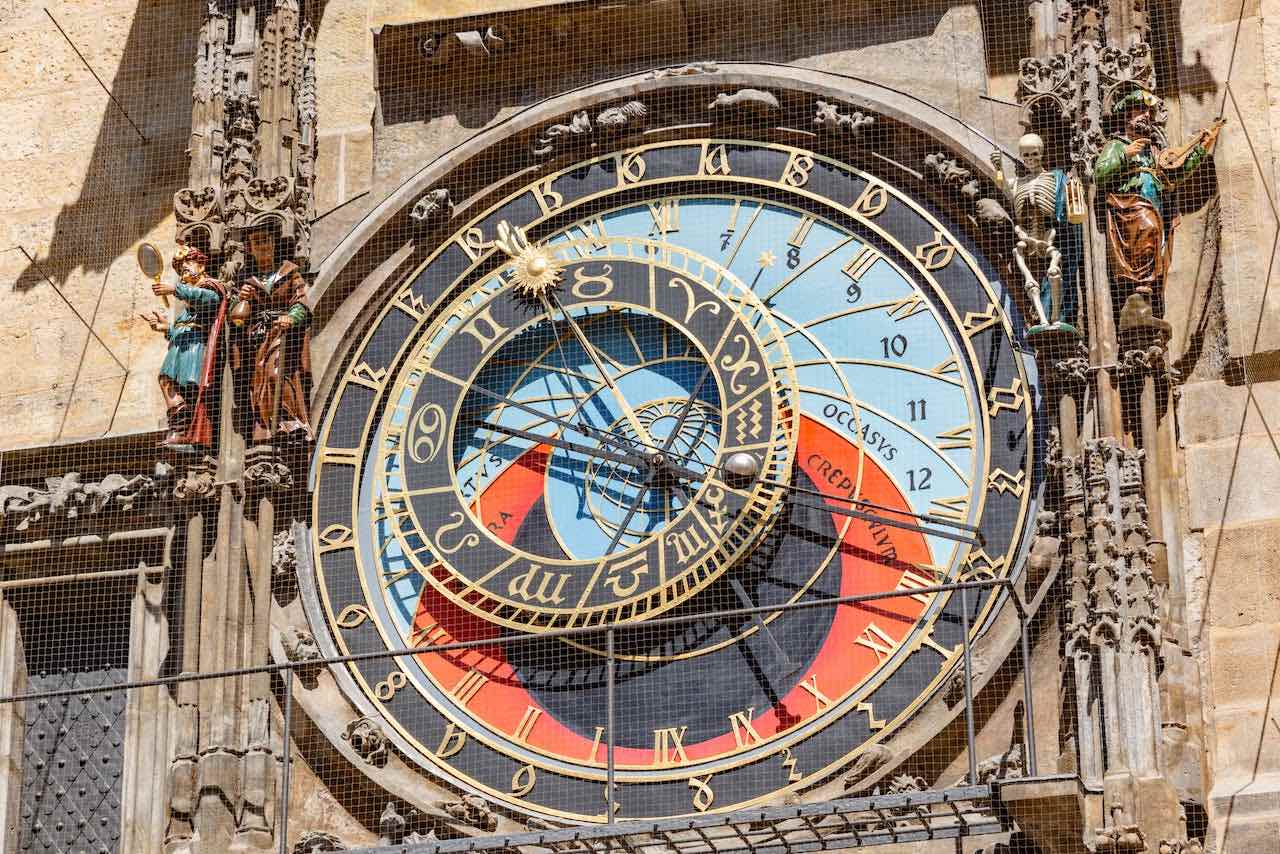
Schönbrunn Palace is a favorite for many on our 13-day Harmony of Europe journey, but it’s far from the only gem on the itinerary. You’ll also:
- See Prague’s Astronomical Clock
- Sit front row for a Mozart and Strauss concert
- Dine at the Michelin-starred Borkonyha Winekitchen in Budapest
- Visit Melk’s historic hilltop Abbey
- Stay at the Grand Hotel Krakow
Experience a VIP private tour of a Vienna royal palace this year with Luxury Gold.



